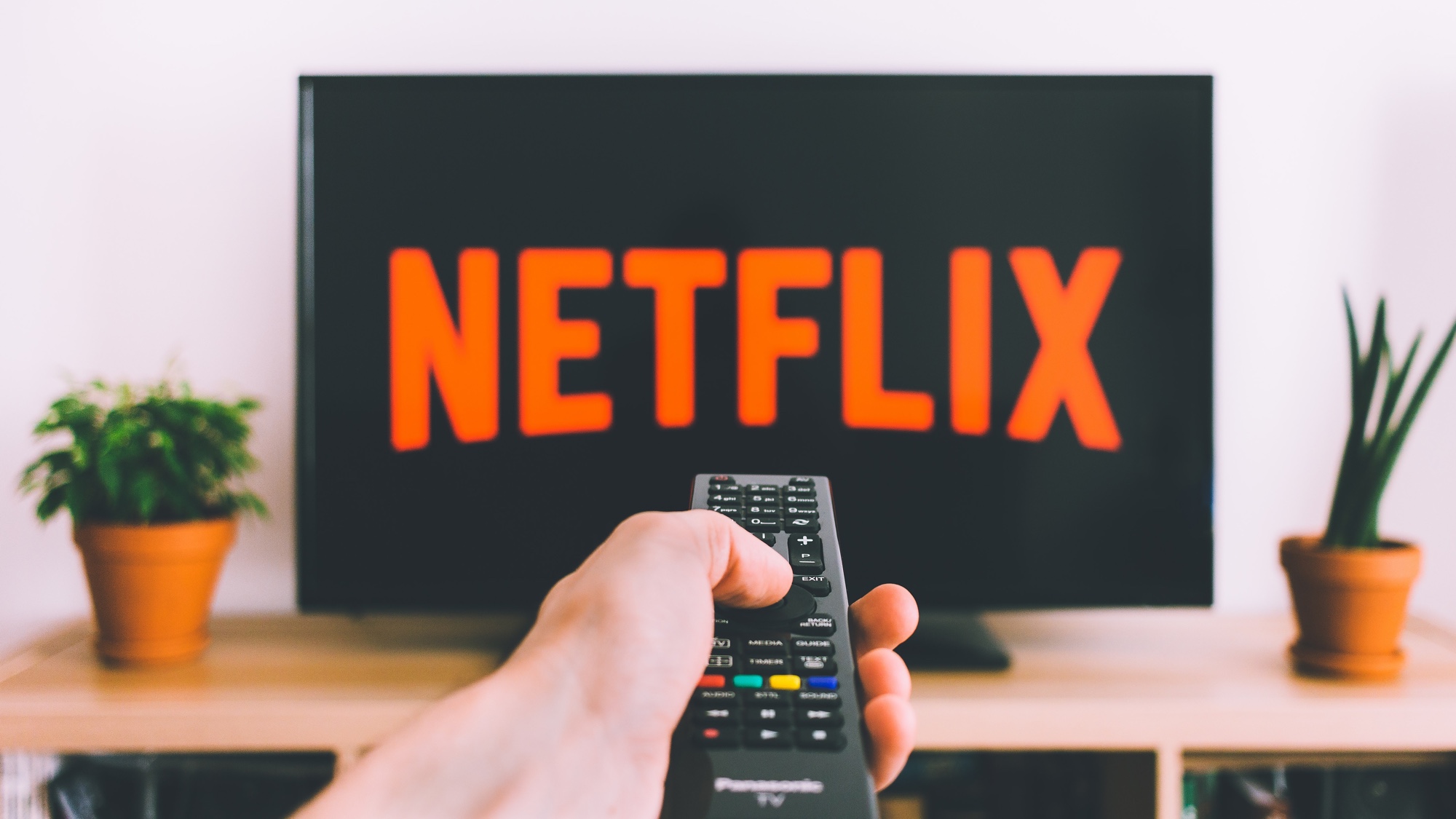Netflix could finally end binge-watch releases
Drip feeding shows could help the bottom line

Netflix may abandon its binge-watching model for new series as it looks to ensure that the recent dip in subscriber numbers was only a blip, according to analyst Michael Nathanson.
Word comes from Puck News’ ‘What I’m Hearing’ newsletter which dives into cultural shifts occurring inside Netflix, from departmental downsizing, crackdown on account sharing with the new Profile Transfers feature to the imminent adoption of an ad-supported tier — an approach once seen as heresy for the company.
“It’s not a model that makes a lot of sense,” Nathanson said of the binge-release model. Or, as Editor Matthew Belloni goes on to summarize: “Netflix customers may like the choice to watch all episodes at once for every show, but they’d also like the service to cost $1 a month and deliver butterscotch ice cream sundaes, and that’s not a viable long-term business.”
Belloni goes on to point out that certain recent series — like Ozark and Stranger Things — have experimented with a more drip-fed approach, releasing chunks of episodes in batches.
But this has so far been a limited experiment because CEO Reed Hastings has “seemed unwilling to pivot off the binge model because he hasn’t needed or wanted to,” Belloni surmises. “Now, it appears, he does,” he concludes.
Good for shareholders, but what about the viewers?
The benefits to shareholders should be immediately obvious.
Say you sign up to Netflix to watch Stranger Things season 5 when it eventually emerges. If Netflix sticks to its current model, it’s going to get at least $9.99 from you as a one-month payment, but that might be all it ever gets if you rush the show in a week and then unsubscribe.
Get instant access to breaking news, the hottest reviews, great deals and helpful tips.
But if there are ten episodes released weekly (say), then you’re on the hook for at least $29.98. Scale that up to millions of fans worldwide, and you can practically hear the ker-ching of cash machines.
Yes, you could just subscribe once all the episodes are available, but Netflix knows that the ever-present threat of spoilers means that there’s a significant chunk of people who will want to watch each episode as it drops. There’s also something to be said for being part of the cultural conversation in real-time — crudely, Netflix knows you’ll want to be part of the gossip.
But the question of whether it’s better for viewers is less clear cut.
On one hand, spacing out episodes can let plot points soak in a bit more effectively and, theoretically, a bigger and more loyal subscriber base is good for everyone. In short, the more money Netflix makes, the more shows it can commission, and the less chance of your favourite series joining the growing list of Netflix cancelations.
But that’s distinctly theoretical, and even if spaced-out episodes are ultimately better than the sugar rush of instant gratification for the viewer, some will still bristle that how they watch is being dictated by Netflix.
Still, as our sister site TV Technology reported earlier this year, the move away from binge-watching may be a trend to look out for across the board. If that’s the case, then Netflix has little to lose by being a pioneer in the changing streaming landscape.
On that note, if you're looking for something to binge-watch this weekend — Trying is the one Apple TV Plus show you need to binge-watch right now.
Next: Looking for more to watch? We've got the details on the She-Hulk episode 5 release date. Meet the new Roku Express (2022).
Freelance contributor Alan has been writing about tech for over a decade, covering phones, drones and everything in between. Previously Deputy Editor of tech site Alphr, his words are found all over the web and in the occasional magazine too. When not weighing up the pros and cons of the latest smartwatch, you'll probably find him tackling his ever-growing games backlog. He also handles all the Wordle coverage on Tom's Guide and has been playing the addictive NYT game for the last several years in an effort to keep his streak forever intact.

